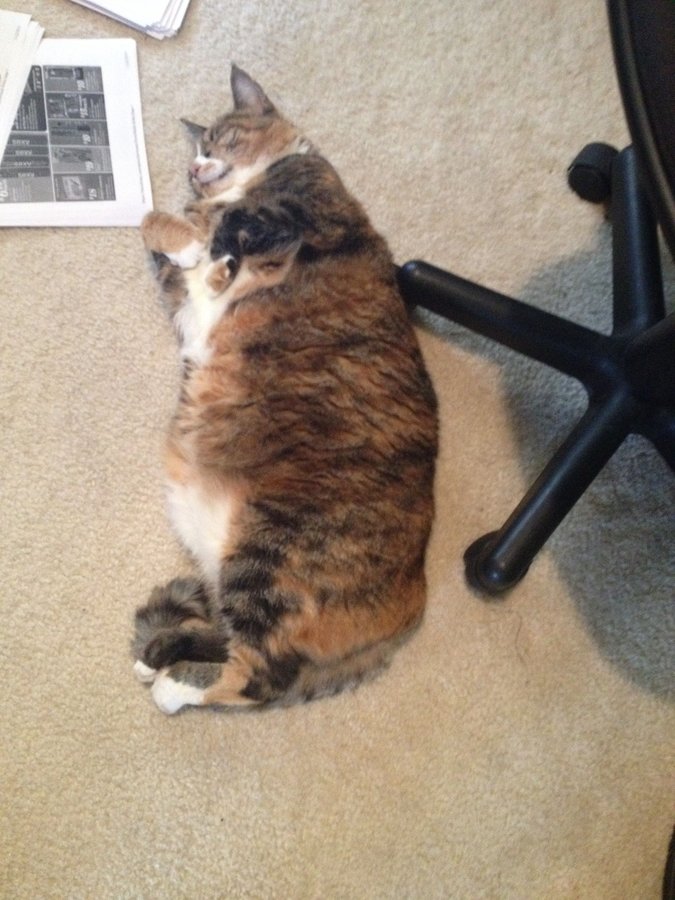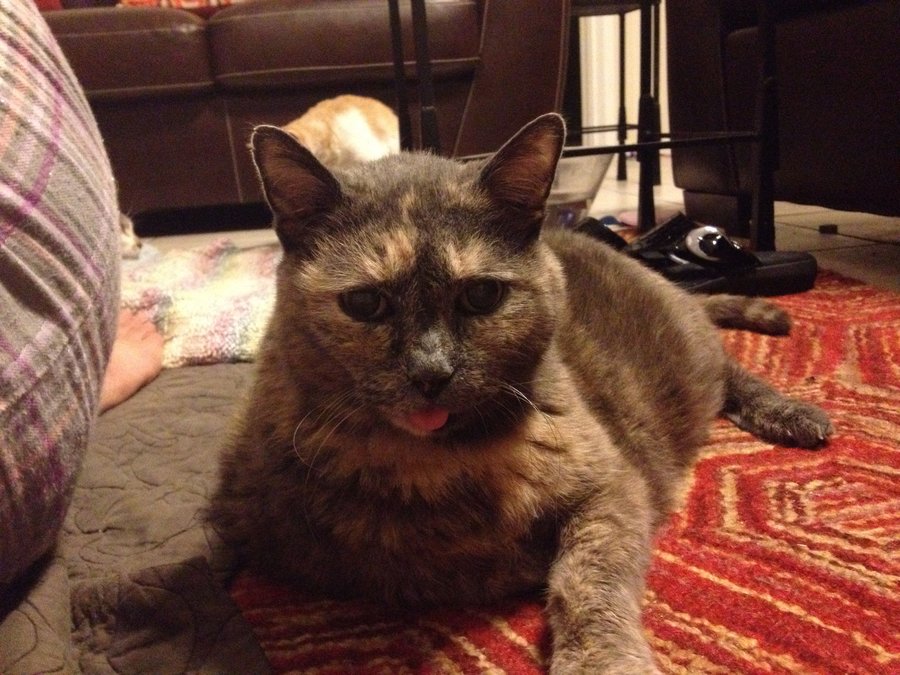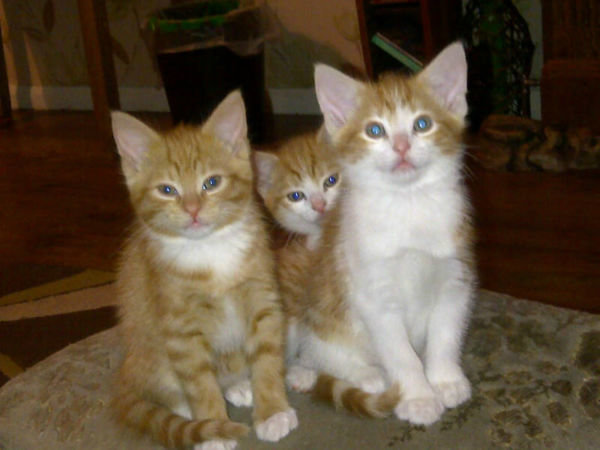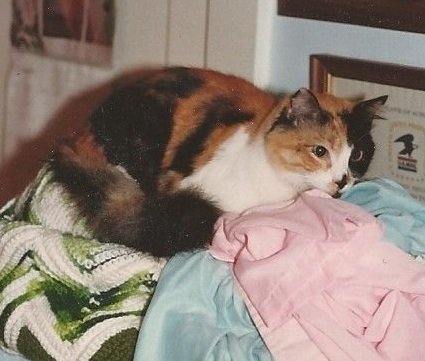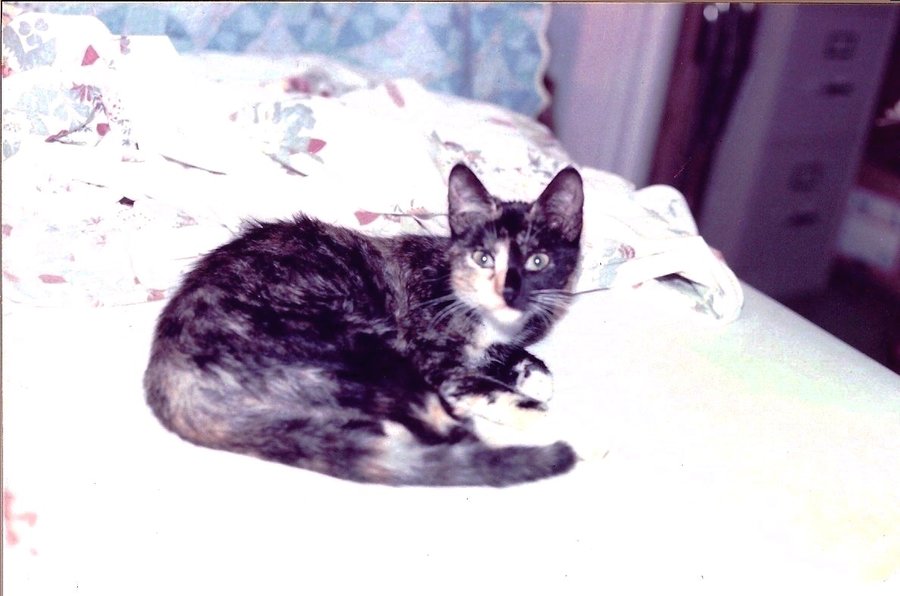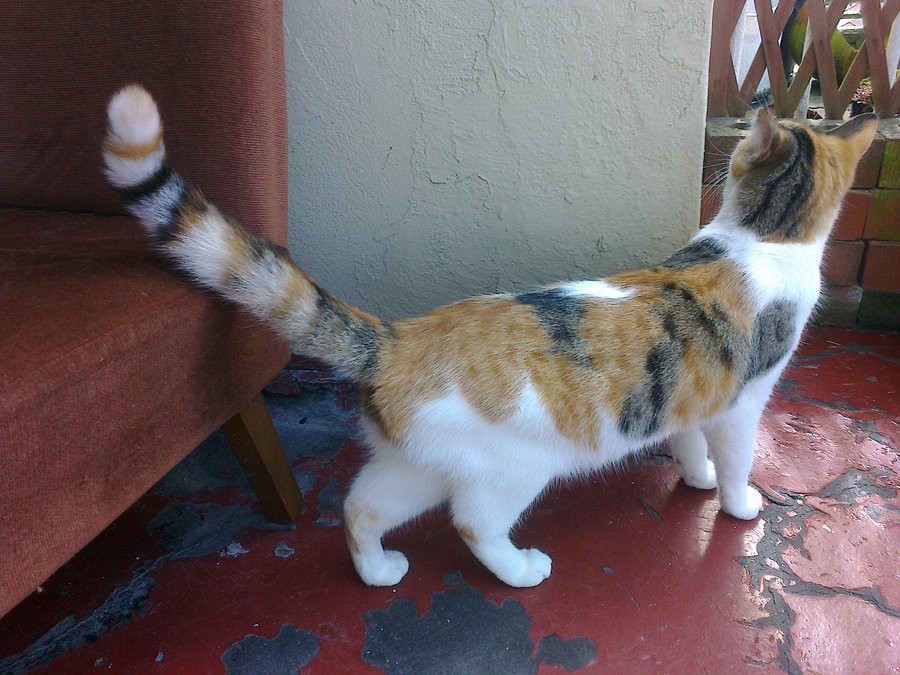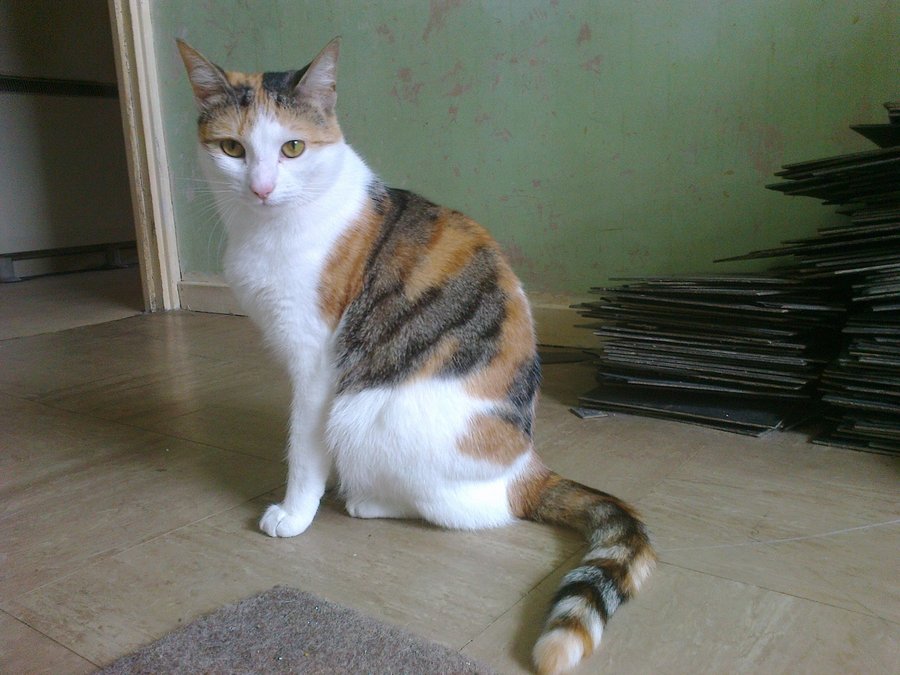- Joined
- Dec 31, 2014
- Messages
- 26
- Purraise
- 5
Hello everyone.
I hope this is the right forum for my question.
OK. It's not really what my cat looks like, rather a general question. What's the difference between Torbies and Torties? Also, Calicos? And, how those things work genetically. I'm not planning on breeding or anything, just asking out of plain curiosity as I plan on studying biology and genetics. Thanks in advance.
-Marko
I hope this is the right forum for my question.
OK. It's not really what my cat looks like, rather a general question. What's the difference between Torbies and Torties? Also, Calicos? And, how those things work genetically. I'm not planning on breeding or anything, just asking out of plain curiosity as I plan on studying biology and genetics. Thanks in advance.
-Marko

